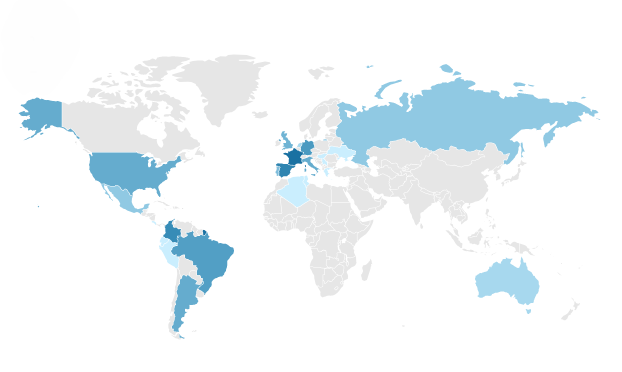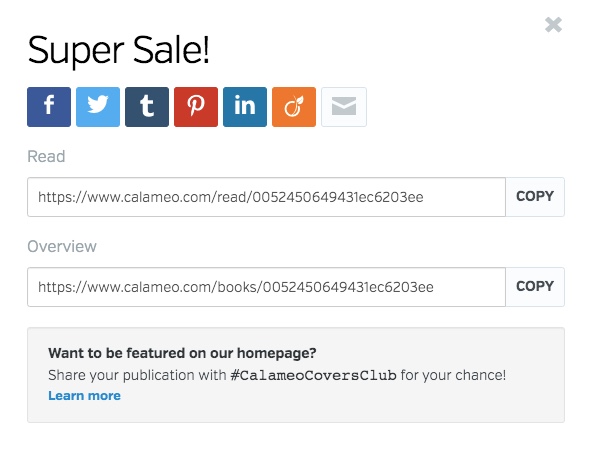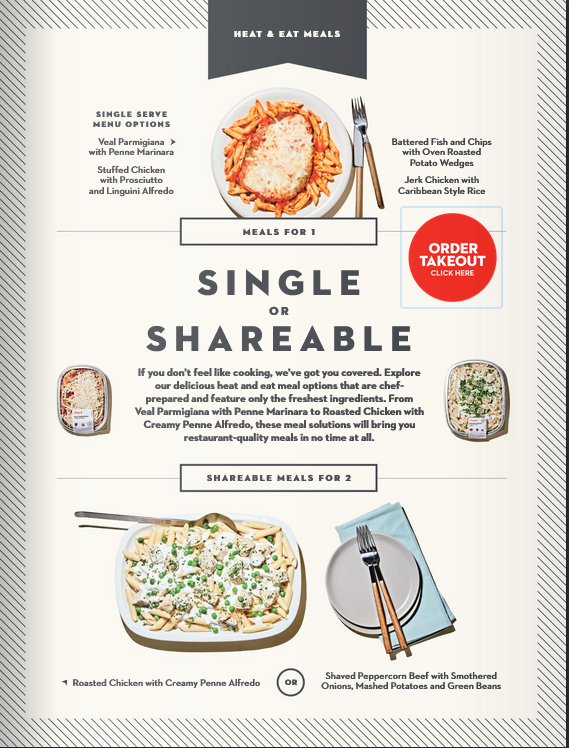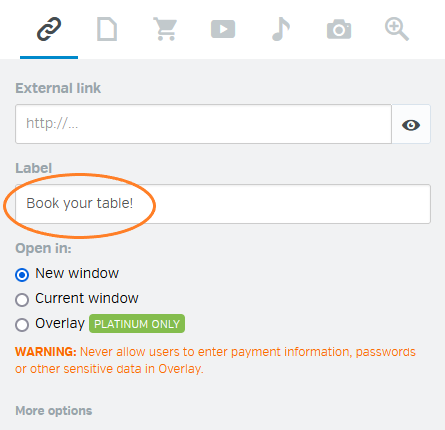We have all seen a bad newsletter: messy visuals, too much text, a confusing format, boring content. In short, neither engaging nor fun to read. Luckily, the Calaméo team is here to help with all you need to know about newsletters! Publish newsletters that people actually want to read, with the aid of digital publishing and Calaméo’s easy-to-use platform.
- What is a newsletter?
- Why send a newsletter?
- Define your objectives
- Engaging text
- Simplified formatting
- Spice up your visuals
What is a newsletter?
A newsletter is a publication about a specific subject that is destined for a limited audience. Newsletters have been around a long time – even the ancient Romans used them – and are still a great means of communication today. Most newsletters are not very long (only a few pages) and include both text and visuals. Newsletters are similar to magazines, but magazines are typically longer and written for a wider audience. On Calaméo, your newsletter appears in its entirety in a flipbook, scroll, or slide format with turning pages and interactive details, rather than a flat and mundane PDF. (This article will focus on online newsletters that are hosted on digital publishing platforms like Calaméo, not email newsletter campaigns.)
Example of a newsletter from Neuropedia.
Why send a newsletter?
There are many reasons for creating and distributing newsletters. Companies may want to send out internal newsletters to employees to update them on company policies, events, or big news. An external newsletter is a great sales and marketing resource to send to clients and prospects. Clubs may send newsletters to members, religious institutions to congregants, local government administrations to residents, and educators and academic institutions may send newsletters to students, parents, or staff.
If you are currently distributing a paper newsletter, consider making the switch to a digital version. Not only will you save natural resources, your publication will also be dynamic and engaging, available online for consultation 24/7. If you are sending your current digital newsletter in a PDF format, now is the time to publish it on Calaméo and take advantage of our fabulous interactive features! Read on for our tips on publishing digital newsletters.
Define your objectives
There are questions you will need to ask yourself before creating your newsletter. First, what is the purpose of this newsletter? Are you creating a newsletter in order to share information, sell or market a product, or another reason?
Next, who is your audience? A group of people with similar interests who already know the topics included in the newsletter? Or a larger group that is unfamiliar with you or your organization? These questions will help you decide if you need to include background information or if you can use subject-specific language without needing explanatory text or visuals.
Finally, how often do you want to publish issues of your newsletter? Weekly, monthly, quarterly? PREMIUM and PLATINUM members can plan publications in advance to save time and keep to a regular schedule. Defining objectives around your newsletter will help you construct a relevant publication that people will actually read.
Engaging text
Throughout the pandemic, newsletters have been an excellent tool for keeping employees and clients (and other audiences) updated regarding changing health regulations and conflicting information. They are excellent channels for providing up-to-date news.
So special consideration should be taken while creating the content of your newsletter. The body of your newsletter should have enough text to relay your information but not so much that your reader gets lost in the details. Make the content of your newsletter dynamic and engaging. Your articles should avoid too much fluff or filler; get to the point and show your subject knowledge or industry expertise by sharing relevant information. If your company has made a recent policy change, or your club has updated its calendar, those should be included. Announcements should appear in a prominent location in your newsletter.
Formatting is usually an afterthought. However, good formatting will help your newsletter flow and draw readers’ eyes to critical content. You want your readers to retain the most important information and leave your publication feeling better informed, not overwhelmed by a wall of text or wasted space.
Have these tips in mind for a well-formatted newsletter:
- Keep it simple
- Limit the amount of text on each page
- Stick to your brand style guide (use same font and color scheme as your other publications)
- Include calls to action in visible places
- No unnecessary visuals
- Avoid background images
- Make use of Calaméo’s Zoom feature (PREMIUM and PLATINUM accounts)
Spice up your visuals
A good newsletter must include graphics (but not too many–see above!). Because newsletters are a visual format, take advantage of charts, graphs, and other visual aids to help share your information and illustrate your articles. Avoid clip art and other amateur graphics, especially if your newsletter is a professional publication.
The beauty of using an online digital platform like Calaméo to host your newsletter is that you can use our Editor tool to enrich your publication with dynamic visuals, like videos and GIFs. With Calaméo, you can also embellish the viewer. Personalize the theme of your viewer, add your logo, or even use our White Label feature.
💡 TIP : Make sure to optimize your documents before publishing!
Stay tuned
Part one of our newsletter series was all about the content of your newsletter, and part two will focus on the important steps to take before and after sending to ensure its success. Stay tuned for the next article in this series about newsletters. And in the meantime, sign up with Calaméo today to get started on your digital publishing journey!







